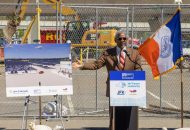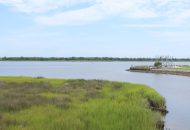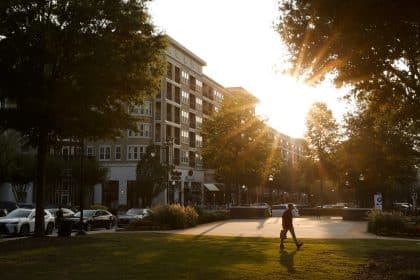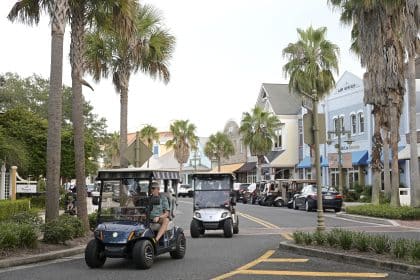Census Bureau Survey Finds America Remains a Nation of Small Towns

WASHINGTON – Most Americans live in small incorporated towns and villages with populations of fewer than 5,000, a new report from the U.S. Census Bureau finds.
Released on Thursday, the bureau’s latest population estimates for cities and towns found that of the nation’s 328.2 million people, an estimated 206.9 million (roughly 63%) lived in an incorporated community as of July 1, 2019.
Further, the report says, of the 19,500 incorporated places that stretch from sea to shining sea, about 76% of communities have fewer than 5,000 people, and of those, 42% had fewer than 500 people.
As most Americans know, the Census Bureau is currently conducting its latest once-in-a-decade count of the U.S. population. Thursday’s report is one of a number of smaller annual estimates that look at population trends between decennial counts.
The new survey also found that while most people live outside major cities, those cities are also among the fastest growing communities in the nation.
Currently, only about 4% of cities in the nation had a population of 50,000 or more in 2019, yet nearly 39% of the U.S. population — 127.8 million people — lived in those cities.
Overall, between the 2010 census and July 1, 2019, large cities in the South — places with a population of 50,000 or more — grew at a faster pace than in any other U.S region.
Since 2010, the population in large southern cities increased by an average of 11.8%. The big cities in the West grew by an average of 9.1%. In contrast, large cities in the Northeast and Midwest had lower rates of growth of 1.5% and 3.1% respectively.
On average, small cities and towns, with populations of less than 5,000 people, have seen uneven growth across U.S. regions:
- In the Northeast, the population of small towns decreased by 3.0%;
- In the Midwest, the population of small towns decreased by 1.7%;
- In the South, the populations of small towns grew by 6.7%; and,
- In the West, small towns saw the largest growth with a population increase of 13.3%.
Mid-sized cities in the Northeast — places with populations of at least 5,000 but less than 10,000 — saw relative stability with a small average decline of 0.9% since the 2010 Census.
Mid-sized cities in the other regions experienced population growth, on average.
























